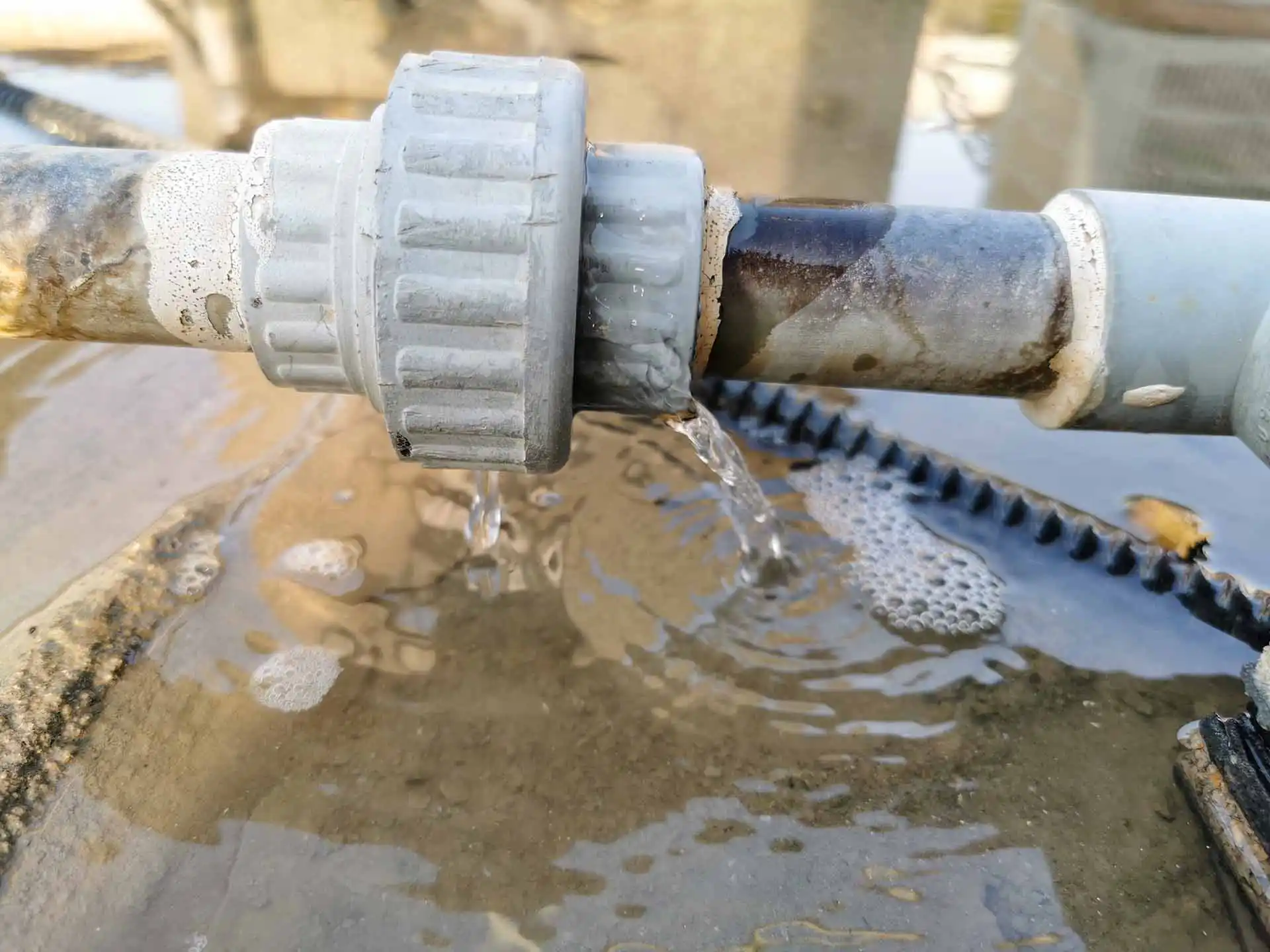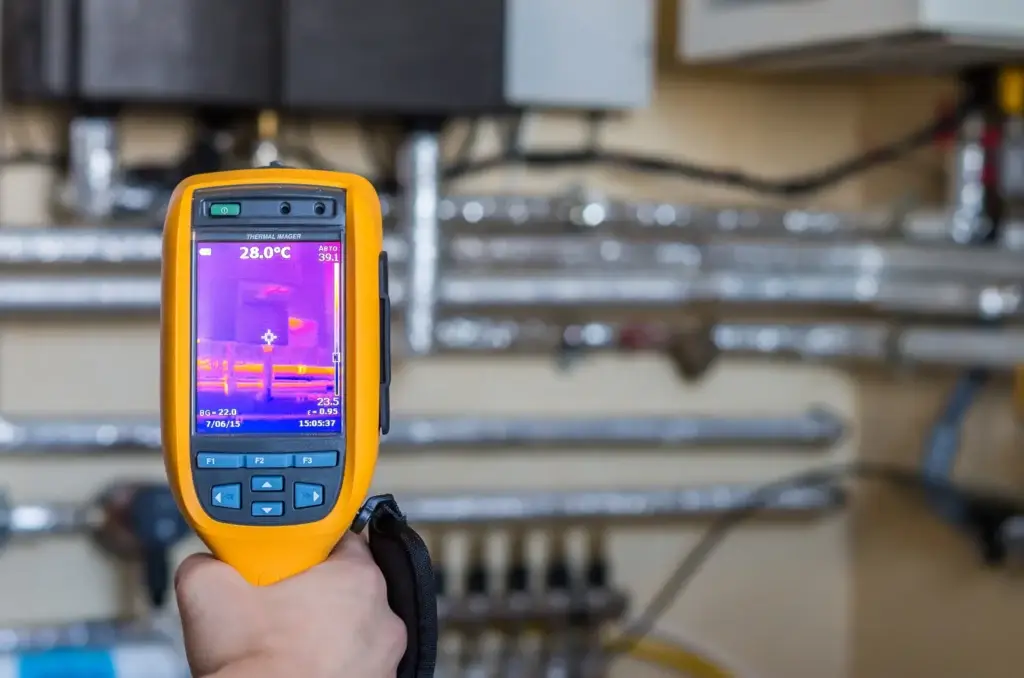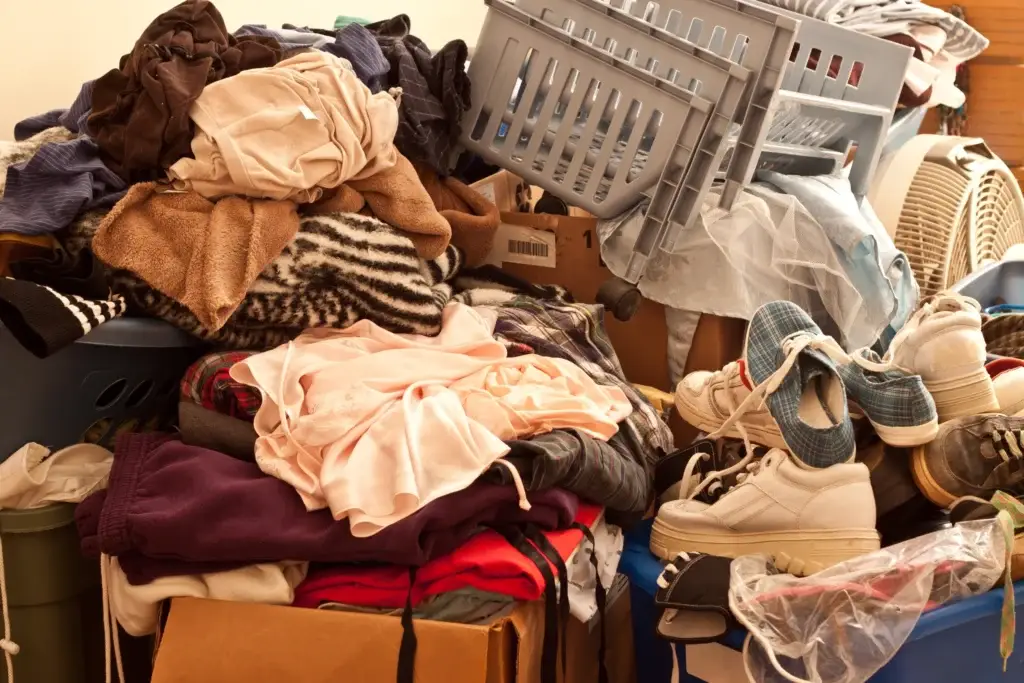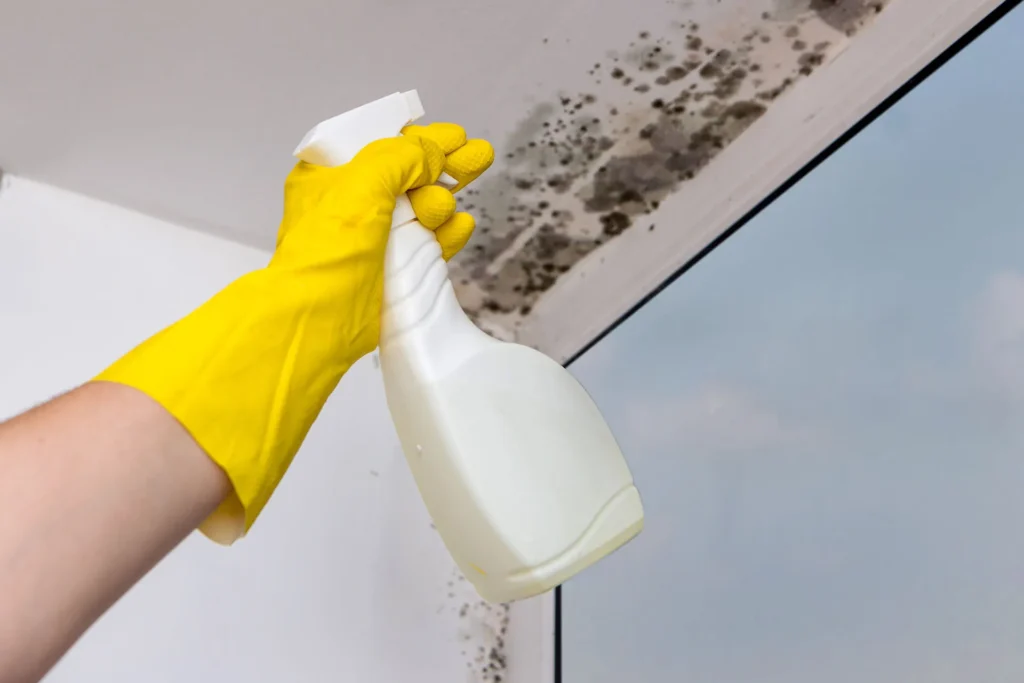Water leaks are a silent threat to businesses across the UK. Did you know they account for a staggering 50% of all commercial insurance claims? The true cost is far more than just a high water bill. A hidden leak can cause extensive property damage, significant operational disruption, and even force your business to a grinding halt. You can’t afford to wait for a disaster to strike. The most effective way to protect your business and its finances is through proactive and professional commercial water leak detection.
In this comprehensive guide, we’ll dive deep into the real-world impact of commercial water leaks. You’ll learn the warning signs to look out for, the advanced technology professionals use to find leaks without tearing up your property, and why a rapid response is the only way to safeguard your business and its bottom line.
Skip to:
What is a commercial water leak?
What are the hidden costs of a commercial water leak?
What exactly is a commercial water leak?
A commercial water leak is any unauthorised escape of water within or on the grounds of a business property, such as an office building, warehouse, or retail space. Because these properties are often much larger and have more complex plumbing, heating, and cooling systems than a home, a leak can be much harder to find and can cause far more widespread and severe damage.
Leaks can originate from a variety of sources, many of which are easy to overlook in the day-to-day running of a busy business:
- Aging infrastructure: Many commercial buildings in the UK have plumbing and heating systems that are decades old. Over time, pipes can corrode, joints can weaken, and seals can fail, leading to slow, persistent leaks that go unnoticed for months.
- Faulty plumbing and fixtures: A worn-out washer in a staff kitchen tap or a defective toilet can waste hundreds of litres of water per day, causing hidden damage behind walls and under floors.
- Malfunctioning heating systems: Leaks in a central heating system can be particularly insidious. Because the water is often contained within a closed loop, a small pressure drop can signal a leak somewhere in the system, even if there are no visible puddles.
- Defective appliances and equipment: Commercial-grade appliances like dishwashers, washing machines, or industrial equipment can spring a leak from faulty hoses or connections, often in out-of-the-way areas like utility closets or basements.
While a small drip might seem insignificant, the large volume of water in a commercial system can turn a minor leak into a major incident, affecting multiple areas and systems.
The hidden costs: Why a leak is a threat to your business
When a water leak hits your business, the financial impact goes far beyond the initial repair bill. You have to consider the ripple effect that can impact every part of your operation. Ignoring a leak can lead to a cascade of financial and operational problems that can cripple even a thriving business.
Operational shutdowns and lost revenue
Every business owner knows that time is money. A serious water leak can force your business to halt operations, sometimes for an extended period. Think about the impact: you may have to close your doors, stop production, or relocate staff. According to a report from the Howden Group, a major water escape can force a business to shut down for as long as 50 working days. That’s ten full weeks of lost income, all while your rent, utility bills, and staff wages continue to pile up. For a small or medium-sized business, a shutdown of this length can be financially crippling, potentially leading to permanent closure. Even a partial closure of an affected area can disrupt workflow, reduce productivity, and cause delays in serving customers.
Sky-high water bills
An undetected leak is like leaving a tap running 24/7. Day after day, that wasted water adds up, leading to shockingly high water bills. In a large commercial building, a persistent leak can result in thousands of litres of wasted water, and the financial drain can be immense. For businesses that are already dealing with rising operational costs, an unexpected spike in water bills can be a significant blow. Furthermore, a leak can cause a drop in water pressure throughout your system, forcing taps and appliances to work longer and harder to do their job, which only makes your water bills even higher. It’s an unnecessary and avoidable expense that directly impacts your bottom line.
Structural damage and secondary issues
This is where the real, long-term danger lies. Water damage isn’t the end of the story, it’s just the beginning. The constant moisture from a leak can lead to weakened support beams, warped floors, and crumbling drywall, compromising the structural integrity of your property. This can be far more costly to repair than the initial leak itself. Furthermore, it creates the perfect breeding ground for mould, which poses a serious health risk to your employees and customers which can lead to expensive remediation costs.
How to spot a commercial water leak: The early warning signs
Many commercial leaks go unnoticed because they are hidden from view. However, there are several key signs that your property might be trying to tell you it has a problem. Being aware of these indicators is the first step towards timely commercial water leak detection.
- A sudden spike in your water bills: If your monthly bill jumps unexpectedly without a change in usage, a leak is the most likely cause.
- The sound of running water: Do you hear the sound of water running in walls or under floors when all taps and appliances are turned off? It could be a leak.
- Visible damp patches or stains: Discoloured patches on walls, ceilings, or floors are a clear sign of water damage. They may start small but will grow over time.
- Persistent musty smells: A damp, earthy odour is a strong indicator of mould and mildew, which require a constant source of moisture to grow.
- A drop in water pressure: If your taps or showers seem weaker than usual, it could be due to a leak in the system that’s causing pressure to drop.
While these signs are helpful, pinpointing the exact location of a hidden leak in a large commercial property requires specialised tools and expertise.

The science of commercial water leak detection
Finding a leak isn’t as simple as following the water. Many hidden leaks require specialised, non-destructive technology to be located accurately. Professional commercial water leak detection services use a range of cutting-edge tools to pinpoint the exact source of the problem without damaging your property.
Acoustic leak detectors
This is some next-level technology. These highly sensitive devices listen for the faint sound of water escaping from a pipe. By amplifying the sound, a technician can pinpoint the precise location of the leak. This is especially useful for finding leaks in pipes hidden behind walls or under concrete slabs, as the sound can travel a significant distance.
Thermal imaging cameras
These cameras don’t see water; they see temperature changes. Escaping water from a pipe will often be a different temperature than the surrounding materials, allowing the camera to create a “map” of the leak’s location. This is a quick and non-invasive method for locating leaks within walls, ceilings, and floors without causing any damage.
Tracer gas testing
This method is highly effective for hard-to-find leaks. A harmless, non-toxic tracer gas (usually a mixture of hydrogen and nitrogen) is pumped into the pipe. The gas escapes through the leak, and a highly sensitive sniffer device is used to detect the exact point where it exits the ground or a wall. This is a non-invasive way to find even the smallest leaks.
Endoscopic cameras
For a direct visual inspection, a flexible, waterproof endoscopic camera can be fed into pipes through a small entry point. The camera’s live feed allows the technician to visually inspect the inside of the pipes, identifying any cracks, blockages, or breaks that are causing the leak. This method is particularly useful for leaks in hard-to-reach or enclosed spaces.
Pressure testing
This is a fundamental step for diagnosing leaks. The section of pipework in question is isolated and then pressurised with either air or water. If the pressure drops, it confirms there’s a leak. This test doesn’t pinpoint the exact location, but it confirms a leak exists and helps the technician narrow down which part of the system is affected before using more specific detection tools.
Moisture meters
These devices measure the moisture content of a surface. High readings can indicate a nearby leak, helping technicians narrow down the search area before using other, more specialised tools.
Don’t wait, act today
Water leaks are a silent but costly threat to UK businesses. They can lead to massive operational disruptions, significant financial loss, and severe damage to your property. The best way to protect your business is to be proactive. However, if you suspect a leak has already occurred, swift, professional action is the only solution.
Don’t let an undetected leak spiral into a business-stopping disaster. Invest in professional commercial water leak detection to get the peace of mind you deserve.
Need to speak to a specialist urgently? Call 01622 926 505
Commercial water leaks: Frequently asked questions
What are the primary financial impacts of commercial water leaks in the UK?
Undetected leaks continuously waste water, resulting in sky-high water bills and decreased water pressure. More significantly, they can cause extensive structural damage over time and lead to costly secondary issues like severe mould growth, significantly escalating overall repair and remediation expenses.
How do undetected water leaks lead to higher costs for businesses?
A serious commercial water leak can cause major operational disruptions, potentially halting business operations for up to fifty working days. This leads to a significant loss of income while fixed expenses, such as staff salaries and overheads, continue to accrue, severely impacting profitability.
What types of operational disruptions can commercial water leaks cause?
Common causes of commercial water leaks include damaged or burst pipes, faulty plumbing systems, ageing infrastructure, and malfunctioning appliances. Due to the scale and complexity of commercial properties, these leaks can be particularly challenging to locate and fix.
What are the common causes of water leaks in commercial properties?
Beyond the initial water damage, secondary issues can include structural damage to the building’s foundation, walls, and flooring. Critically, prolonged damp conditions can lead to widespread and hazardous mould growth, which requires additional, costly remediation.
What kind of secondary damages are associated with commercial water leaks?
The most effective way to mitigate risk and cost is through proactive maintenance and investing in leak detection technology. Implementing these measures allows businesses to identify and address leaks early, preventing minor issues from escalating into major, expensive disasters.
How can businesses mitigate the risk and cost of commercial water leaks?
The most effective way to mitigate risk and cost is through proactive maintenance and investing in leak detection technology. Implementing these measures allows businesses to identify and address leaks early, preventing minor issues from escalating into major, expensive disasters.
Will commercial property insurance cover water leak damage in the UK?
While over 50% of insurance claims in commercial properties are related to water leaks, coverage depends on the policy. Businesses should review their specific insurance details. Proactive leak detection and maintenance can help ensure claims are valid and comprehensive.

Dave Knight - Leak Detection Technical Manager
With over 26 years' experience in property damage restoration, our Leak Detection Technical Manager is a seasoned expert. He brings a specialised focus of 21 years in leak detection and trace & access claims, including 10 years as the owner of a specialist leak detection company. He uses advanced, non-invasive technology to find leaks with minimal disruption in both domestic and commercial settings. His extensive water leak detection qualifications, including WRAS and BDMA, and his experience leading projects across the UK and Europe, highlight his expertise.





















